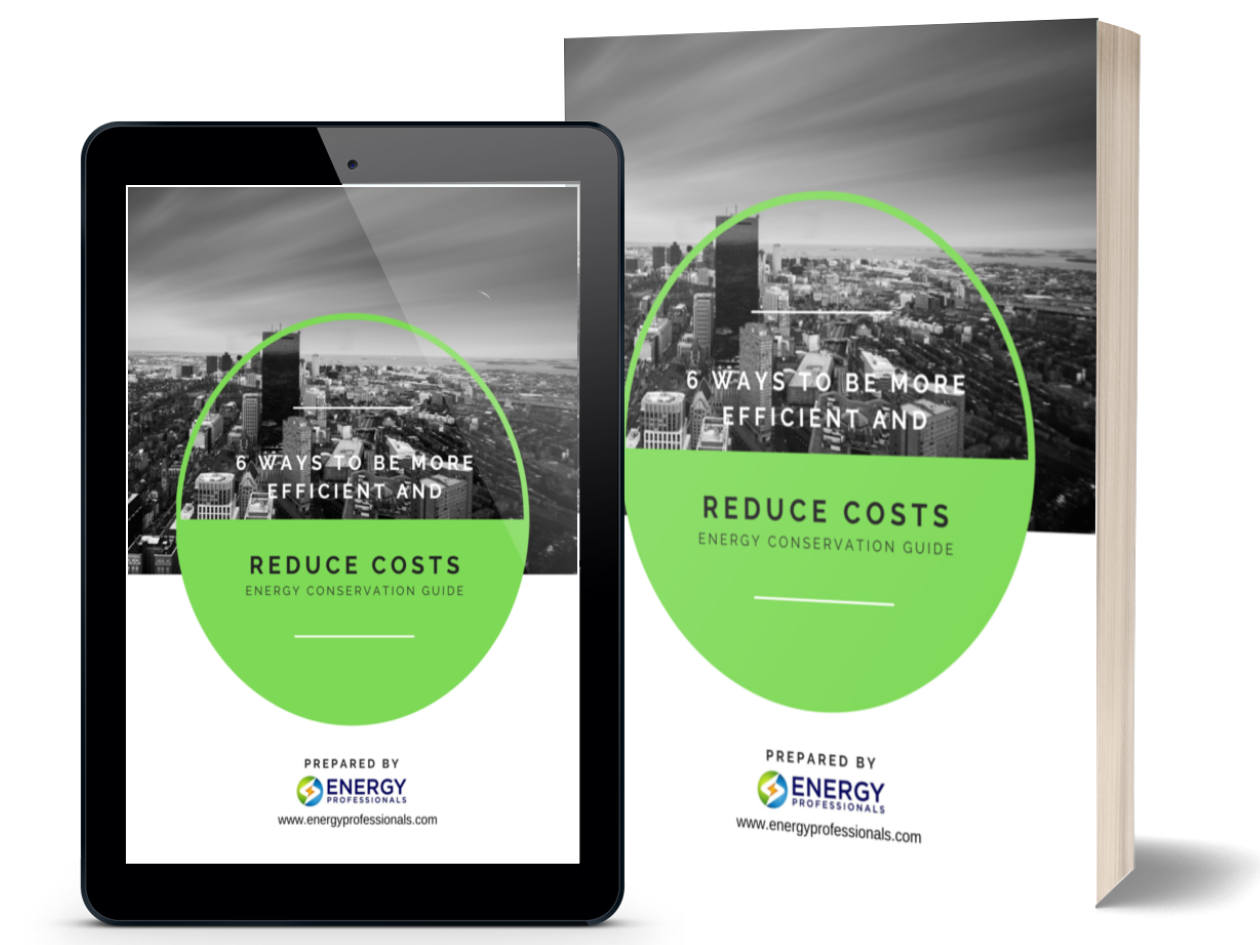How Trees Reduce Your Energy Bills
A Little Bit of Landscaping Goes a LONG WAY How to reduce your energy bills and your carbon footprint AT

A Little Bit of Landscaping Goes a LONG WAY How to reduce your energy bills and your carbon footprint AT
Strategically placed trees around your building can reduce your energy bills.
According to the Environmental Protection Agency, trees in an urban areas make hot summer days in cities bearable.
While concrete and buildings tend to reflect heat, thereby increasing temperatures, shade created by trees, in combination with the water vapor they release, can reduce peak temperatures by as much as 20–45°F (11–25°C) compared to unshaded areas.
When shade is cast on an office buildings, the internal temperatures of those buildings can drop by 8 or 10°F. Some estimates say the shade from a single tree can save the same amount of energy it takes to power 10 room-sized air conditioners for 20 hours a day.
In the winter, trees provide important windbreaks around buildings to reduce heat loss by as much as 50%, lowering heating costs and energy consumption.
Reduction in your energy usage energy created by trees goes a long way when it comes to shrinking your carbon footprint, because more than a third of U.S. carbon emissions are caused by the production of electricity. Learn more ways trees reduce your carbon footprint and how they can reduce overall CO2 emissions.


Don't have one? You can get one by calling us at 855-4-PKIOSK.
Energy Professionals is committed to finding its customers the best possible rates on electricity and natural gas. Tell us your location and service type and our energy manager will connect you to the most competitive offers.
Switching to an alternate supplier is easy. There is no chance of service disruption, and you'll continue with your current utility for energy delivery and emergency service. Take a few minutes to discover your best offers, and enjoy the benefits of retail energy in your home or business.
1. Energy Type
2. Service Type
3. Zip Code
4.Local Company
5.Zone
We believe that knowledge is power. Here’s a free e-book that provides business solutions to reducing energy costs.
Download E-Book Free Energy Audit




